- Home
- Kaihouji Temple
Kaihouji Temple
A Temple of Obaku Zen Buddism
A private Zen temple (not open to the public) where the monk will offer guests Chinesestyle vegetarian cuisine.
Visitors will be able to experience the real Zen by placing themselves in a life of Zen Buddhist monk.
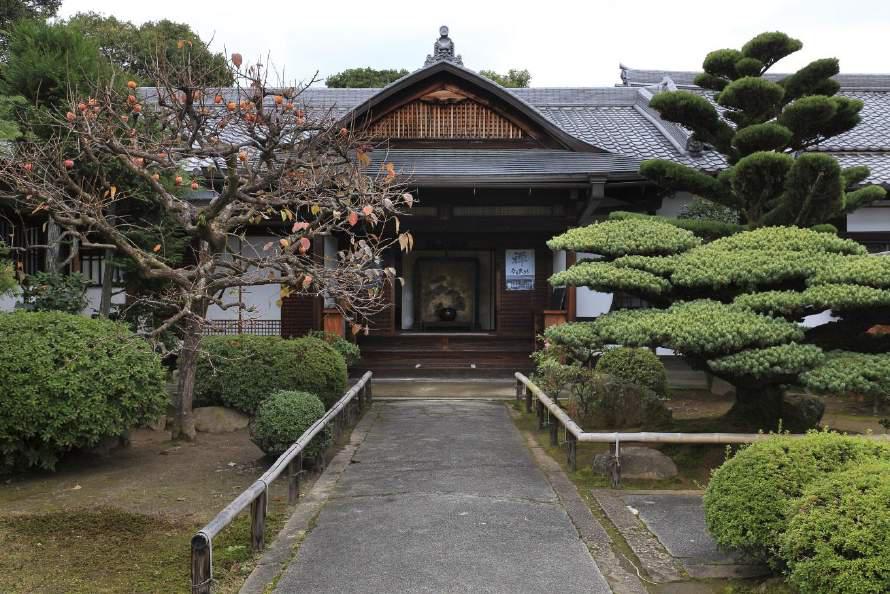
Room information
115.32 sq meter / Bathroom / Bathtub / shower / Air conditioning / Futon, Japanese-style mattress (No bed) / Free WiFi
Amenities:
Humidifier / Towel and toothbrush
* This plan is only one party a night. (Maximum number of people is 5)
Dinner and breakfast at the nearby Japanese restaurant are included.
An interpreter will accompany the guests.
Budda Hall

Staying Facility
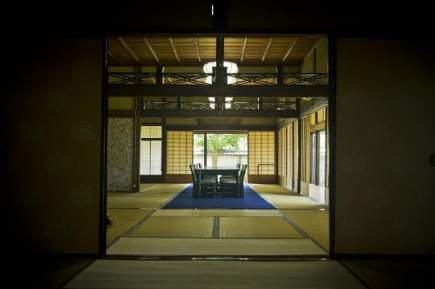
Schedule
[First day]
1:30pm Depart from Kyoto station or Hotel
3:00pm Zazen experience at the Buddha Hall
3:45pm Hand-transcribing of sutras at the abbot's quarters
5:00pm Dinner (there will be a explanation of what is Chinese-style vegetarian cuisine)
*Since the schedule above is tentative, times and activities may change.
Â
[Second day]
7:00am Experiencing Zazen and chanting a sutra at the Buddha Hall
8:00am Breakfast
9:30am Free time
11:30am Arrive at Kyoto station or Hotel
*Since the schedule above is tentative, times and activities may change.
Chinese-style vegetarian cuisine
Offering guests the Chinese-style vegetarian cuisine.
Chinese-style vegetarian cuisine was introduced to Japan by Ingen, a Zen monk who came from China.
Guests will enjoy the cuisine by listening to the monk�s explanation about each meal and also manners to have the cuisine.

Zazen
Zazen is one of the basic Zen practices aiming of one�s mental concentration, by sitting in the right posture.
Guests experience this practice by learning from a Zen Buddhist monk.
Â
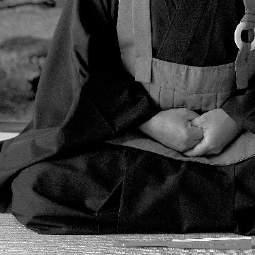
Free exploring time
Having a walk within the land of Kaihoji temple, where the residence of Date Masamune was located is a privilege of participants of this Zen experience.
Guests will enjoy the private fresh morning air of the temple.
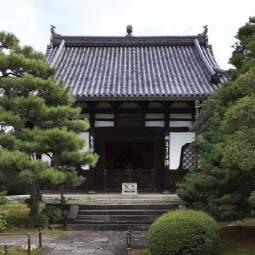
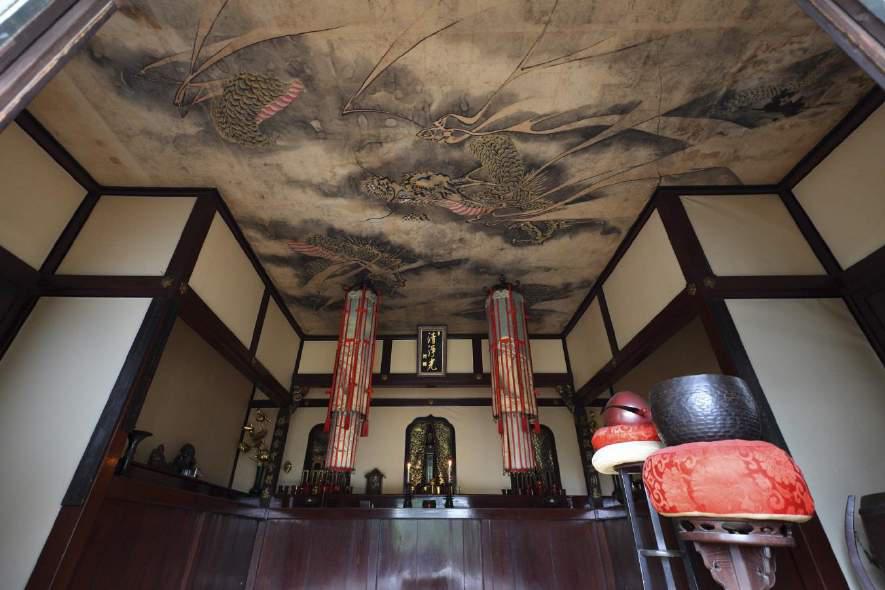
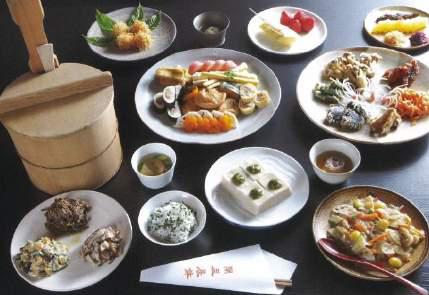
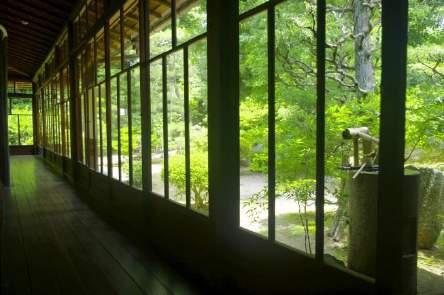
Araki, ShouKyoku (Chif priest)
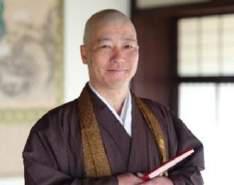
Father and son are the monks who take care of guests here. Shokyoku Araki and his son Sosei are earnest, thoughtful individuals who are the second and third generation of the man, Mr. Shokyoku Araki’s father, who helped to establish this temple. To stay here is to stay in someone’s home. It feels like being in a spiritual place as well as with family.
Set in a quiet, urban neighborhood in southern Kyoto, about a half hour’s drive from the city center, Kaihouji is a unique property. The tiny compound itself seems to have been plucked from a village. The two monks fill the rooms with laughter. Zen Buddhism as practiced here seems to be a country unto itself.
Then, too, there is the vegetarian cuisine, known as fucha ryori, brought back in 1654 from China by the monk Ingen. Presentation of dishes and plating seems like dim sum. Sosei Araki is the chef, and he explains that he has been practicing the cooking style for the past five years.
“It takes two to three days to prepare dinners for a few guests,” Sosei Araki says. He serves and explains the cuisine to others during mealtimes.
“I was born here, at this temple,” says his father. He laughs. “Well, at a hospital! But I grew up here. My grandfather introduced fucha ryori to this area.”
In addition to learning about Zen Buddhist cooking, guests are taught zazen, and have opportunities to enjoy the temple grounds. Accomodations are deeply traditional with futon bedding in long tatami rooms and smaller and even more intimate settings.
History
Fukujusan Kaihouji temple, a temple ofObaku Zen Buddhismis famous for Fucha ryori (Chinese-style vegetariancuisine)whichIngenRyuki Zenji, a founder ofManpukuji temple *(1) hadintroducedfrom China. Kaihouji temple is also knownasa “School of Fucha”. The templewasbuilt by Koudou Gencho Zenzi, the twelfth generation head monk of Manpukuji temple, during the Kyoho period(1716 -1736)and also the temple had became the retreat of Jikuan Jyoin, the thirteenth generation head monk of Manpukuji temple. Simomura Hikoemon Syokei, a founder of Daimonjiya*(2), a kimono merchant locatedin fushimiarea Kyoto, hadbecameafollower of JikuanZenziandthereforehebuilta Garan(amainbuilding of the temple) as anoffering to the temple. Simomura’s housewasmovedto thetempleandrebuilt astheabbot'schamber.
In theabbot'schamber, therewereinkpaintingscalled“Gunkei-zu” (CocksandHens) createdbyItoJakuchu*(3) in1790. The ength of this set of paintings asawholewas about tenmeters,evenlonger thananother set of paintings by Jakuchu fromSaifukuji temple inOsaka.After Jakuchu painted the “Gunkei-zu” at the Kaihouji temple, he stopped to painting, therefore the abbot's chamber is also called as “Jakuchu Fudenage no
ma” (TheroomwhereJakuchuthrewhisbrush).Sincetemple’sprecinctwasaresidenceofDateMasamune,afounder ofSendaidomain, there aresomeculturalproperties remainsuchas Mokkokutree that Masamune plantedand Toyotomi Hideyoshi’ swashbasin.
*(1) Manpukujitemple: theheadtempleofObakuZenBhddhism(Ujicity,Kyoto)
*(2) Daimonjiya: thepredecessor ofthepresentDaimarudepartment store
*(3) ItoJakuchu:afamouspainter, succeededduring theEdoperiod
